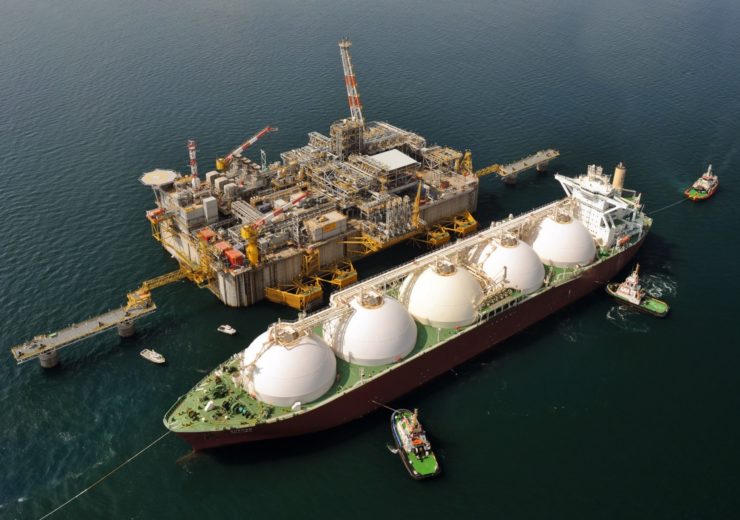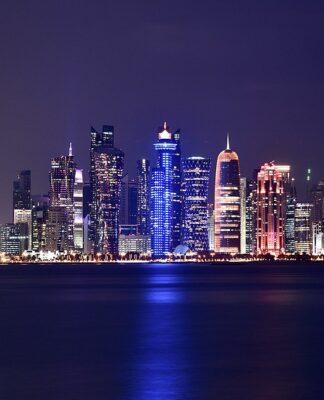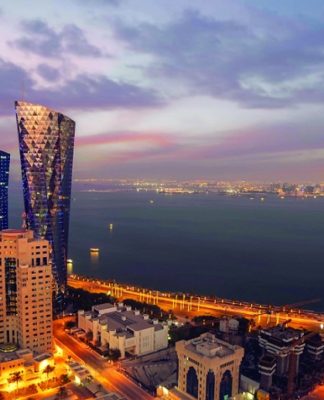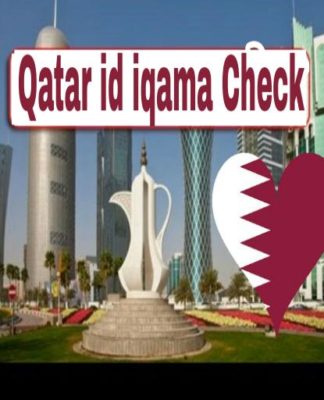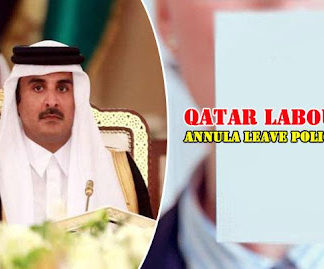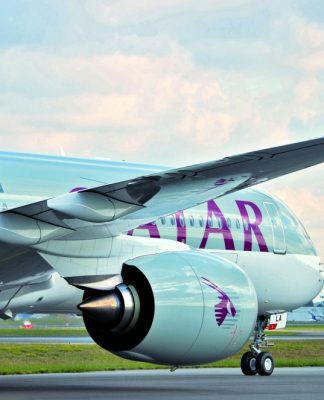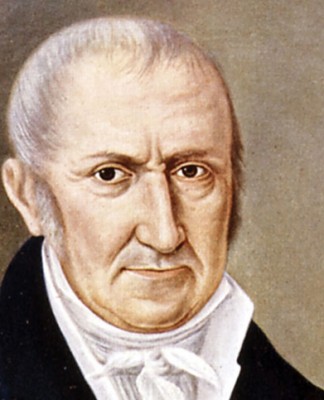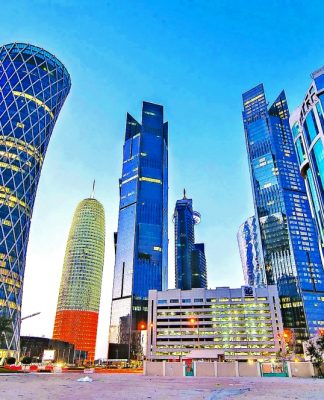Qatar leads global LNG exports
Ras Laffan port could become a central pricing point for the LNG and gas trading hub.
Is it time to establish the Qatari exchange for trading gas and its derivatives?
Liquefied gas is still the fuel of the future .. There is no price reference or index in Asia
Written by Eng. Saad Al-Kuwari
The expert in oil and gas industry
Qatar is the largest exporter of liquefied natural gas, so it is appropriate to be a global reference for the price of LNG in Asia and the establishment of energy exchange in Qatar to trade gas will increase gas revenues.
Natural gas hubs tend to be at the heart of gas infrastructure networks such as pipelines and liquefied natural gas (LNG) terminals. The hub is used as a central pricing point for the network’s natural gas and in some cases, the financial derivative contract of the gas that is delivered at this stage is also priced, for example, liquefied petroleum gas (LPG), petroleum condensate (condensates), Naphtha and others.
A strong consumer base with competing buying interests – from home, energy, and industrial consumers – is also seen as essential to developing the LNG market as well as the major gas producers in Asia.
Regulations that allow domestic and foreign participants to trade and access pipelines, storage facilities, gas tankers, and production lines are also seen as essential to establishing a gas center and exchange. The increased supply of gas is also seen as necessary in the early stages of developing a mall to allow the commodity to be exchanged in large quantities.
For example, it represents gas delivered at this stage on a U.S. natural gas futures contract, which is the largest market for gas derivatives in the world – and is also used in pricing US LNG exports. It is called “Henry Hub” From extensive domestic production and consumption in the United States, in addition to the world’s largest and most easily accessible pipeline network, stretching to Canada and Mexico. In Europe, the British National Balance Point (NBP) and the Dutch Transfer Facility (TTF) have emerged as major gas centers Natural.
NBP was the first active gas trading center in Europe, like its larger counterpart in the United States, as it benefited from open market regulation, large domestic production – in the North Sea – and high consumption. Britain also takes pipeline gas from Norway and imports liquefied natural gas. In Asia, there are no gas trading centers that will become the price benchmarks in Asia.
Japan, the world’s largest importer of LNG, is trying to make deliveries to its shores as a benchmark for LNG’s price in Asia. However, its lack of GDP and the declining demand trend due to declining population and competition from other fuels are seen as a stumbling block.
Singapore wants to replicate for the LNG market what it has done in the field of oil by becoming the benchmark for fuel prices in Asia. But while market-friendly regulations are seen as favorable, their small population and lack of storage capacity are obstacles. Japan, China or Singapore also need a source of gas and a source of production with transparency in pricing and supply.
New demand for LNG from marine transportation is expected to increase for use in tankers instead of fuel oil, thanks to new emission regulations from the International Maritime Organization, and from road transport as public transport shifts from oil-derived fuel to compressed LNG and in production. Electricity, at a rate of 12% annually.
Asia will become the largest engine of growth for gas demand and importers of liquefied natural gas in the world. Asia imports 340 billion cubic meters of LNG from LNG, and these imports are set to double by 2040 and this is definitely good news for LNG exporters. Developing Asia’s markets have enormous potential, but the growth of LNG will grow gradually and at a slow pace as many countries in Asia, especially developing countries, lack infrastructure, and affordability is a challenge as imported gas must compete with domestic coal.
India is an example. Gas has a market share of only 6%, well below the government’s target of 15%, and is struggling to compete with coal and the rapid spread of renewables.
Therefore, there are challenges to gas demand growth in all major markets that will face producers and gradually increase the pressure on gas demand over the years and even decades. The global demand for gas is increasing and growing. It is natural for gas to be a reliable and environmentally friendly source of energy, and the price of gas is very competitive compared to oil and coal. Therefore, the existence of a global market for pricing and trade in natural gas in Qatar is an issue that deserves technical and financial studies in coordination with consumers in China, Japan, South Korea, and others in the future. Especially since it has an infrastructure, a fleet of tankers and pipelines, and it is considered one of the largest LNG producers in the world.
Saad Al Kuwari














